Assessment of Dimethoate in Olive Oil Samples Using a Dual Responsive Molecularly Imprinting-Based Approach
Abstract
1. Introduction
2. Materials and Methods
2.1. Chemicals
2.2. Instrumentation
2.3. Synthesis of DR-MIP
2.4. Physical and Morphological Characterization
2.5. Evaluation of the Molecular Recognition of DR-MIP
2.6. Implementation of the Analytical Methodology for the Selective Extraction of Dimethoate in Spiked Olive Oil Samples
2.7. Screening Assays of the Reusability of DR-MIP
2.8. Experimental Validation (Calibration Curves/Repeatability)
3. Results
3.1. Synthesis and Characterization of DR-MIP and DR-NIP
3.2. Characterization of DR-MIP and DR-NIP
3.2.1. ATR-FTIR
3.2.2. Morphological Characterization by SEM
3.2.3. Evaluation of the Molecular Recognition of DR-MIPs
3.2.4. Implementation of the Analytical Methodology for the Selective Extraction of Dmt in Spiked Olive Oil Samples
4. Conclusions
Author Contributions
Funding
Conflicts of Interest
References
- Martín-Esteban, A. Molecularly-imprinted polymers as a versatile, highly selective tool in sample preparation. Trends Anal. Chem. 2013, 45, 169–181. [Google Scholar] [CrossRef]
- Zhang, Y.; Li, G.; Wu, D.; Li, X.; Yu, Y. Recent advances in emerging nanomaterials based food sample pretreatment methods for food safety screening. Trends Anal. Chem. 2019, 121, 115669. [Google Scholar] [CrossRef]
- Chen, W.; Tian, X.; He, W.; Li, J.; Feng, Y.; Pan, G. Emerging functional materials based on chemically designed molecular recognition. BMC Mat. 2020, 2, 1. [Google Scholar] [CrossRef]
- Haupt, K. Peer Reviewed: Molecularly Imprinted Polymers: The Next Generation. Anal. Chem. 2003, 75, 376A–383A. [Google Scholar] [CrossRef]
- Haupt, K.; Linares, A.V.; Bompart, M.; Bui, B.T.S. Molecularly Imprinted Polymers. Mol. Impr. 2011, 1–28. [Google Scholar] [CrossRef]
- Farooq, S.; Nie, J.; Cheng, Y.; Yan, Z.; Li, J.; Bacha, S.A.S.; Mushtaq, A.; Zhang, H. Molecularly imprinted polymers’ application in pesticide residue detection. Analyst 2018, 143, 3971–3989. [Google Scholar] [CrossRef] [PubMed]
- BelBruno, J.J. Molecularly Imprinted Polymers. Chem. Rev. 2019, 119, 94–119. [Google Scholar] [CrossRef] [PubMed]
- Yi, L.X.; Fang, R.; Chen, G.H. Molecularly Imprinted Solid-Phase Extraction in the Analysis of Agrochemicals. J. Chromatogr. Sci. 2013, 51, 608–618. [Google Scholar] [CrossRef] [PubMed]
- Ashley, J.; Shahbazi, M.-A.; Kant, K.; Aaydha Chidambara, V.; Wolff, A.; Bang, D.D.; Sun, Y. Molecularly imprinted polymers for sample preparation and biosensing in food analysis: Progress and perspectives. Biosens. Bioelectron. 2017, 91, 606–615. [Google Scholar] [CrossRef]
- Song, X.; Xu, S.; Chen, L.; Wei, Y.; Xiong, H. Recent advances in molecularly imprinted polymers in food analysis. J. Appl. Polym. Sci. 2014, 131, 40766. [Google Scholar] [CrossRef]
- Kubo, T.; Otsuka, K. Molecularly Imprinted Materials. In Handbook of Smart Materials in Analytical Chemistry; de la Guardia, M., Esteve-Turrillas, F.A., Eds.; John Wiley & Sons Ltd.: Hoboken, NJ, USA, 2019; pp. 159–171. [Google Scholar] [CrossRef]
- Xu, S.; Lu, H.; Zheng, X.; Chen, L. Stimuli-responsive molecularly imprinted polymers: Versatile functional materials. J. Mater. Chem. C 2013, 1, 4406–4422. [Google Scholar] [CrossRef]
- Ge, Y.; Butler, B.; Mirza, F.; Habib-Ullah, S.; Fei, D. Smart molecularly Imprinted Polymers: Recent Developments and Applications. Macromol. Rapid Commun. 2013, 34, 903–915. [Google Scholar] [CrossRef] [PubMed]
- Garcia, R.; Gomes da Silva, M.D.R.; Cabrita, M.J. “On-off” switchable tool for food sample preparation: Merging molecularly imprinting technology with stimuli-responsive blocks. Current status, challenges and highlighted applications. Talanta 2018, 176, 479–484. [Google Scholar] [CrossRef] [PubMed]
- Martins, N.; Carreiro, E.P.; Locati, A.; Prates Ramalho, J.P.; Cabrita, M.J.; Burke, A.J.; Garcia, R. Design and development of molecularly imprinted polymers for the selective extraction of deltamethrin in olive oil: An integrated computational-assisted approach. J. Chromatogr. A 2015, 1409, 1–10. [Google Scholar] [CrossRef] [PubMed]
- Garcia, R.; Martins, N.; Carreiro, E.P.; Simões, M.; Ribeiro Carrott, M.M.L.; Carrott, P.J.M.; Burke, A.J.; Cabrita, M.J. Development of a selective sorbent for Solid-Phase Extraction of Terbuthylazine in Olive Oil Samples: A molecular imprinting-based strategy. J. Sep. Sci. 2015, 38, 1204–1212. [Google Scholar] [CrossRef]
- Martins, N.; Carreiro, E.P.; Simões, M.; Cabrita, M.J.; Burke, A.J.; Garcia, R. An emerging approach for the targeting analysis of dimethoate in olive oil: The role of molecularly imprinted polymers based on photo-iniferter induced ‘‘living’’ radical polymerization. React. Funct. Polym. 2015, 86, 37–46. [Google Scholar] [CrossRef]
- Bakas, I.; Oujji, N.B.; Moczko, E.; Istamboulie, G.; Piletsky, S.; Piletska, E.; Ait-Ichou IAit-Addi, E.; Noguer, T.; Rouillon, R. Molecular imprinting solid phase extraction for selective detection of methidathion in olive oil. Anal. Chim. Acta 2012, 734, 99–105. [Google Scholar] [CrossRef]
- Bakas, I.; Oujji, N.B.; Moczko, E.; Istamboulie, G.; Piletsky, S.; Piletska, E.; Ait-Ichou IAit-Addi, E.; Noguer, T.; Rouillon, R. Computational and experimental investigation of molecular imprinted polymers for selective extraction of dimethoate and its metabolite omethoate from olive oil. J. Chromatogr. A 2013, 1274, 13–18. [Google Scholar] [CrossRef]
- Bakas, I.; Oujji, N.B.; Istamboulié, G.; Piletsky, S.; Piletska, E.; Ait-Ichou, I.; Ait-Addi, E.; Noguer, T.; Rouillon, R. Molecularly imprinted polymer cartridges coupled to high performance liquid chromatography (HPLC-UV) for simple and rapid analysis of fenthion in olive oil. Talanta 2014, 125, 313–318. [Google Scholar] [CrossRef]
- Garcia, R.; Carreiro, E.P.; Prates Ramalho, J.P.; Mirão, J.; Burke, A.J.; Gomes da Silva, M.D.R.; Costa Freitas, A.M.; Cabrita, M.J. A magnetic controllable tool for the selective enrichment of dimethoate from olive oil samples: A responsive molecular imprinting-based approach. Food Chem. 2018, 254, 309–316. [Google Scholar] [CrossRef]
- Garcia, R.; Carreiro, E.P.; Prates Ramalho, J.P.; Burke, A.J.; Lima, J.C.; Gomes da Silva, M.D.R.; Costa Freitas, A.M.; Cabrita, M.J. A photoswitchable “host-guest” approach for the selective enrichment of dimethoate from olive oil. Anal. Chim. Acta 2018, 1035, 60–69. [Google Scholar] [CrossRef] [PubMed]
- Berg, H.; Maneas, G.; Engström, A.S. A Comparison between Organic and Conventional Olive Farming in Messenia, Greece. Horticulturae 2018, 4, 15. [Google Scholar] [CrossRef]
- Ruiz-Medina, A.; Llorent-Martínez, E.J. Evaluation of the contamination by herbicides in olive groves. In Herbicides—Properties, Synthesis and Control of Weeds; Hasaneen, M.N.A.E., Ed.; InTech: Vienna, Austria, 2012; pp. 207–226. Available online: https://www.intechopen.com/books/herbicides-properties-synthesis-and-control-of-weeds/evaluation-of-the-contamination-by-herbicides-in-olive-groves (accessed on 2 May 2020).
- Mangas, I.; Vilanova, E.; Estévez, J.; França, T.C.C. Neurotoxic Effects Associated with Current Uses of Organophosphorus Compounds. J. Braz. Chem. Soc. 2016, 27, 809–825. [Google Scholar] [CrossRef]
- Regulation (EC) No. 396/2005 of the European Parliament and of the Council of 23 February 2005 on Maximum Residue Levels of Pesticides in or on Food and Feed of Plant and Animal Origin and Amending Council Directive 91/414/EEC, and Subsequent Updates. Available online: http://ec.europa.eu/food/plant/protection/pesticides/index_en.htm (accessed on 2 May 2020).
- Codex Alimentarius Committee on Pesticide Residues, Joint FAO/WHO Meeting on Pesticide. Available online: http://www.codexalimentarius.net/mrls/pestdes/jsp/pest_q-e.jsp (accessed on 2 May 2020).
- Yager, K.G.; Barrett, C.J. Novel photo-switching using azobenzene functional materials. J. Photochem. Photobiol. A Chem. 2006, 182, 250–261. [Google Scholar] [CrossRef]
- Barrett, C.J.; Mamiya, J.-i.; Yager, K.G.; Ikeda, T. Photo-mechanical effects in azobenzene-containing soft materials. Soft Matter 2007, 3, 1249–1261. [Google Scholar] [CrossRef]
- Wei, Y.b.; Tang, Q.; Gong, C.-b.; Lam, M.H.-W. Review of the recent progress in photoresponsive molecularly imprinted polymers containing azobenzene chromophores. Anal. Chim. Acta 2015, 900, 10–20. [Google Scholar] [CrossRef]
- Xu, S.; Li, J.; Song, X.; Liu, J.; Lu, H.; Chen, L. Photonic and magnetic dual responsive molecularly imprinted polymers: Preparation, recognition characteristics and properties as a novel sorbent for caffeine in complicated samples. Anal. Methods 2013, 5, 124–133. [Google Scholar] [CrossRef]
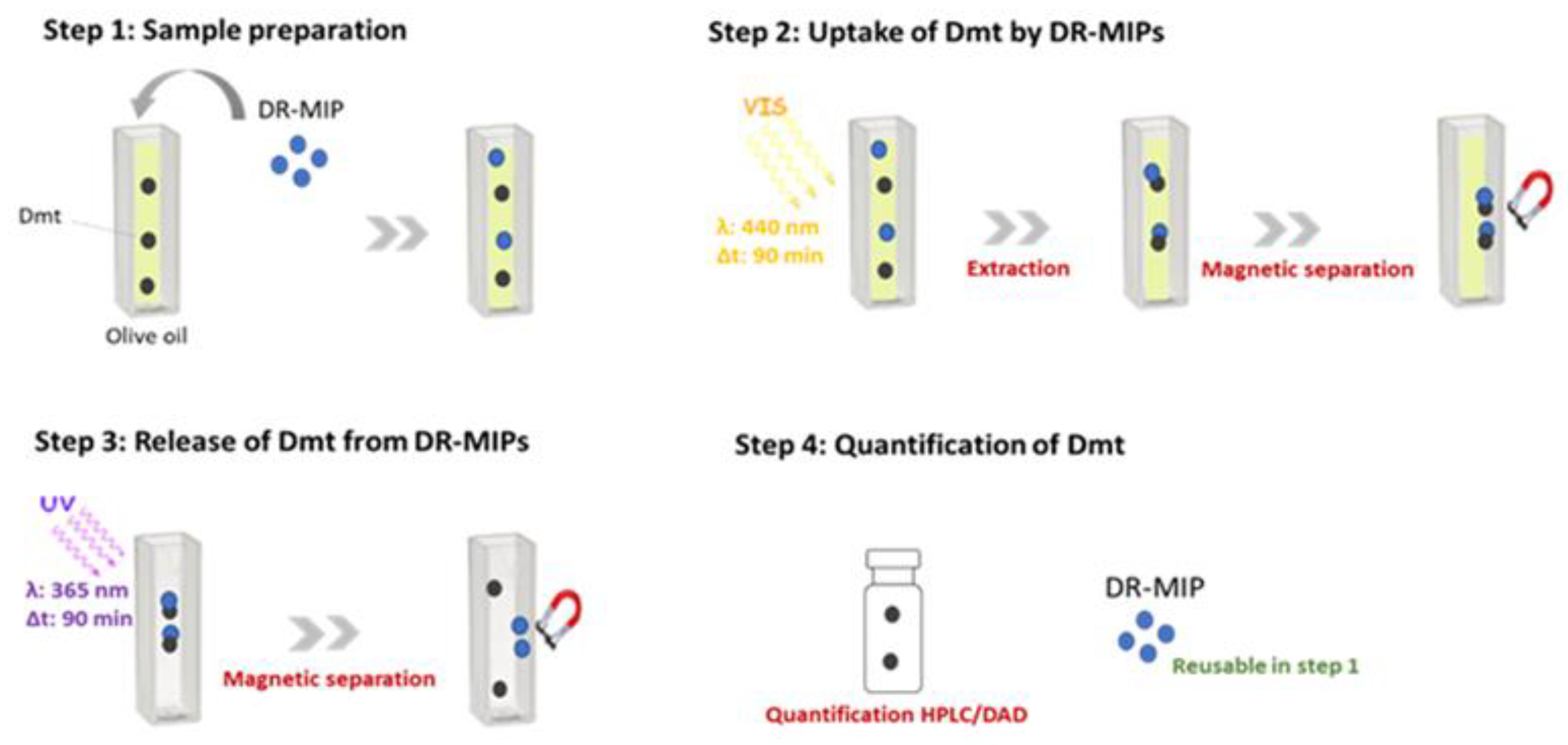
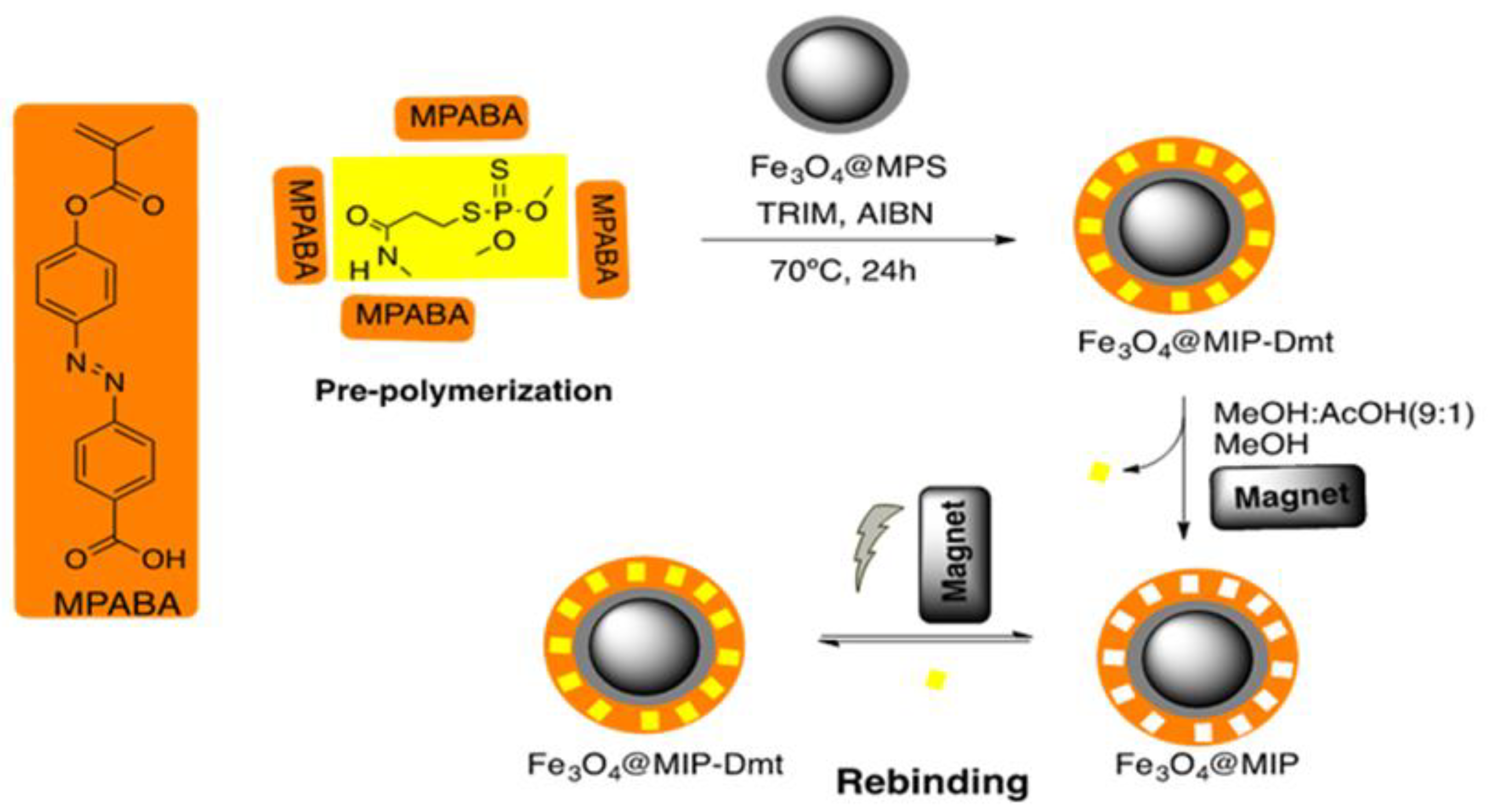
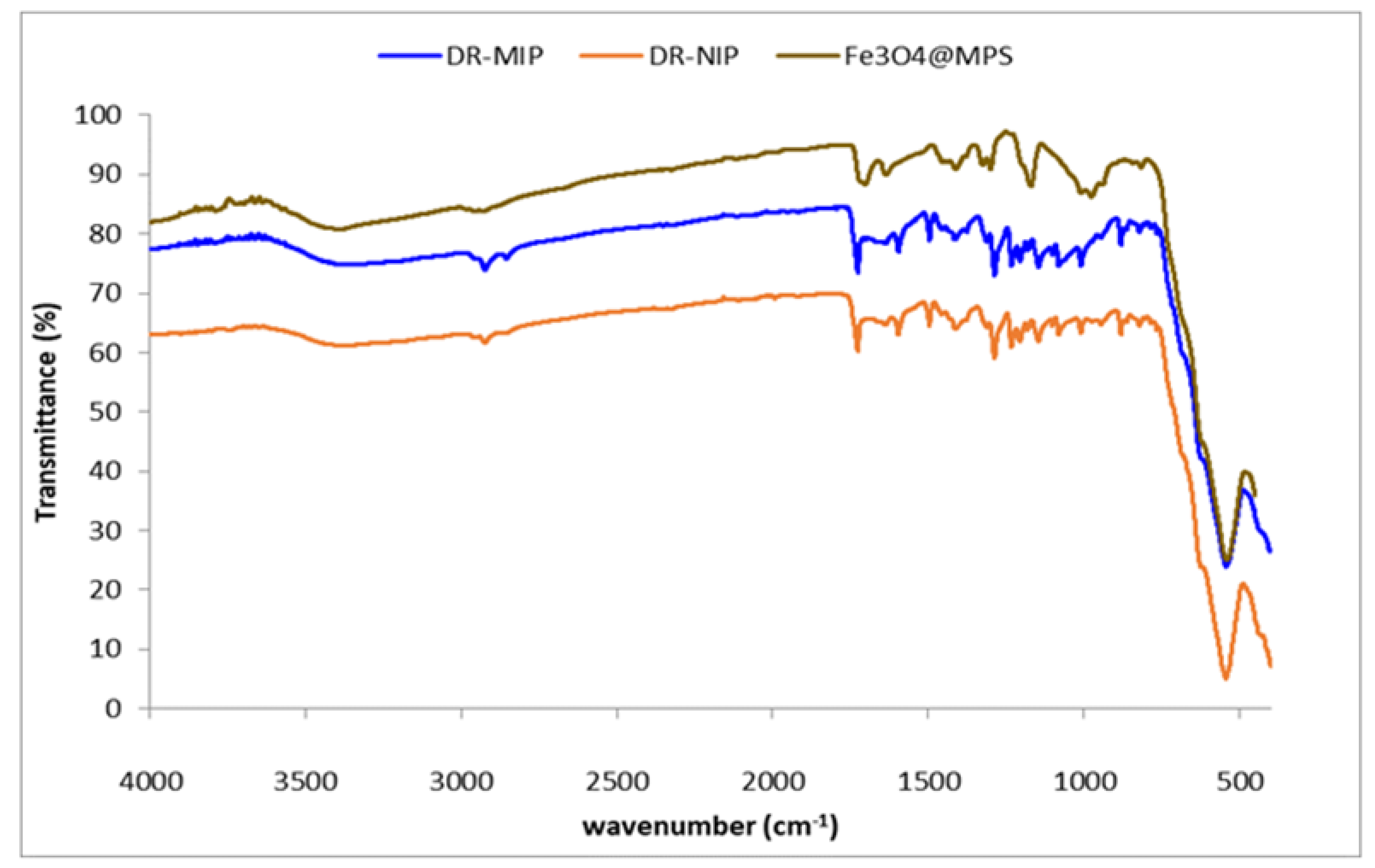
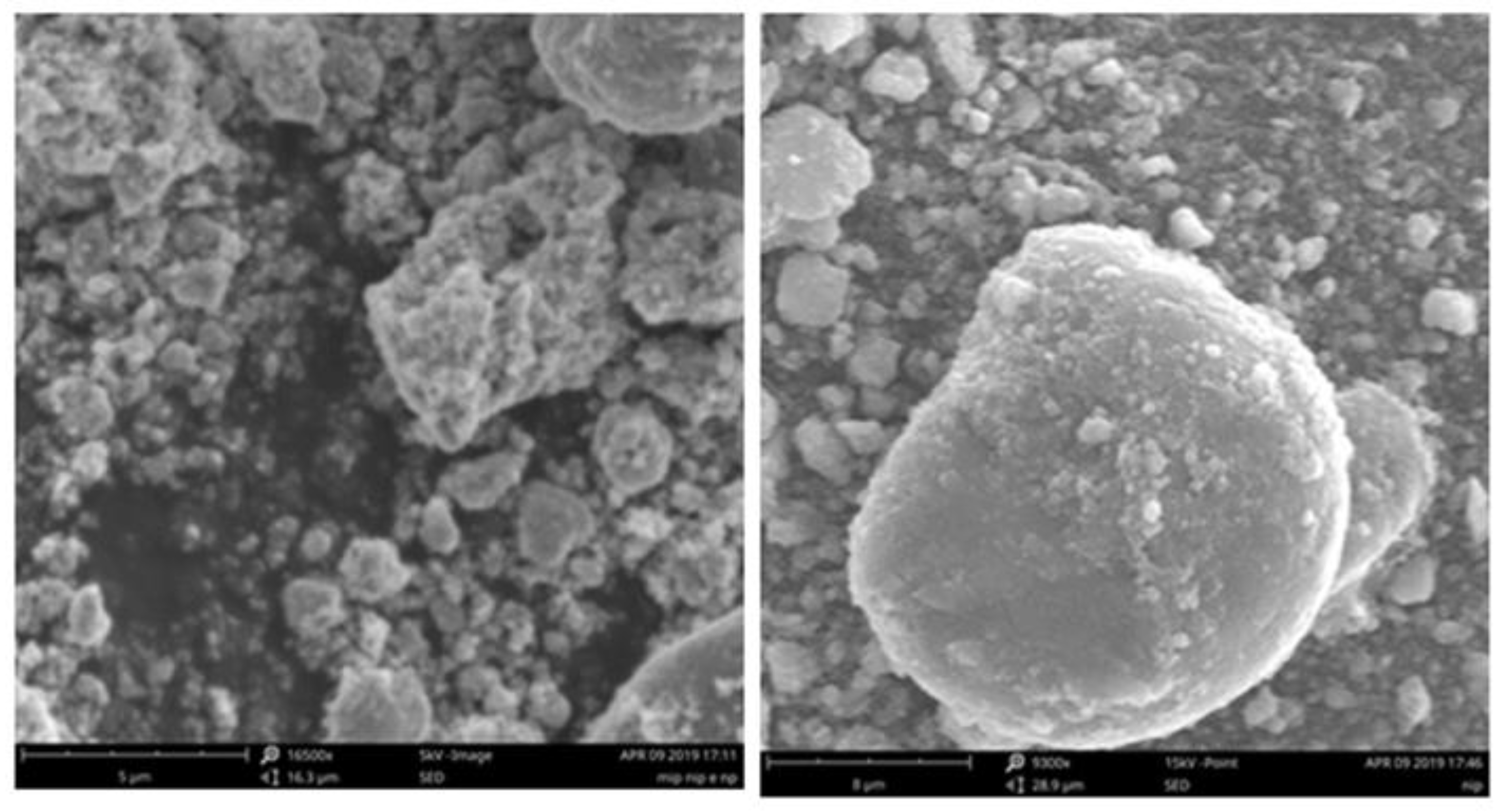
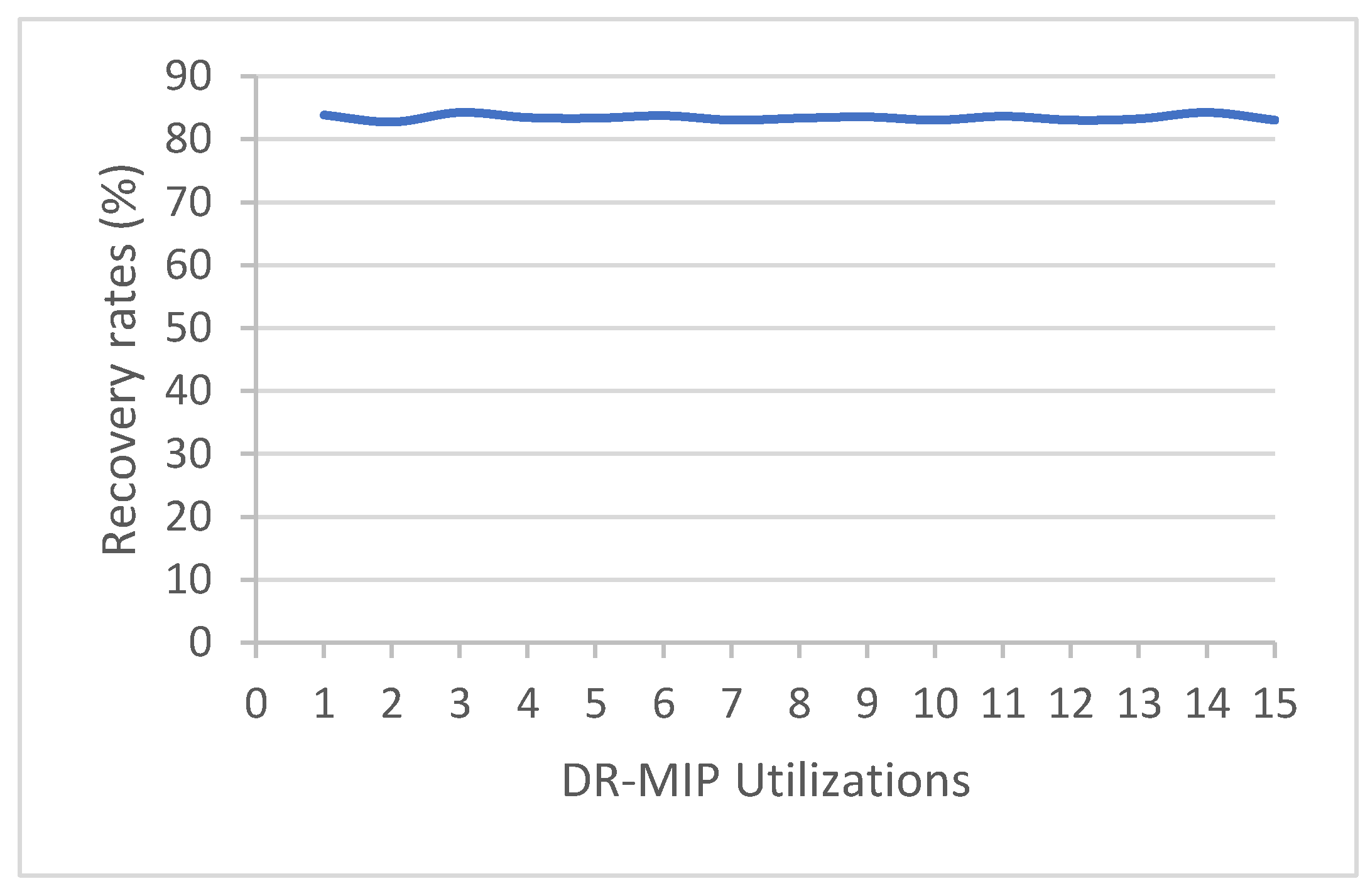
© 2020 by the authors. Licensee MDPI, Basel, Switzerland. This article is an open access article distributed under the terms and conditions of the Creative Commons Attribution (CC BY) license (http://creativecommons.org/licenses/by/4.0/).
Share and Cite
Garcia, R.; Carreiro, E.P.; Lima, J.C.; Gomes da Silva, M.; Costa Freitas, A.M.; Cabrita, M.J. Assessment of Dimethoate in Olive Oil Samples Using a Dual Responsive Molecularly Imprinting-Based Approach. Foods 2020, 9, 618. https://doi.org/10.3390/foods9050618
Garcia R, Carreiro EP, Lima JC, Gomes da Silva M, Costa Freitas AM, Cabrita MJ. Assessment of Dimethoate in Olive Oil Samples Using a Dual Responsive Molecularly Imprinting-Based Approach. Foods. 2020; 9(5):618. https://doi.org/10.3390/foods9050618
Chicago/Turabian StyleGarcia, Raquel, Elisabete P. Carreiro, João Carlos Lima, Marco Gomes da Silva, Ana Maria Costa Freitas, and Maria João Cabrita. 2020. "Assessment of Dimethoate in Olive Oil Samples Using a Dual Responsive Molecularly Imprinting-Based Approach" Foods 9, no. 5: 618. https://doi.org/10.3390/foods9050618
APA StyleGarcia, R., Carreiro, E. P., Lima, J. C., Gomes da Silva, M., Costa Freitas, A. M., & Cabrita, M. J. (2020). Assessment of Dimethoate in Olive Oil Samples Using a Dual Responsive Molecularly Imprinting-Based Approach. Foods, 9(5), 618. https://doi.org/10.3390/foods9050618







